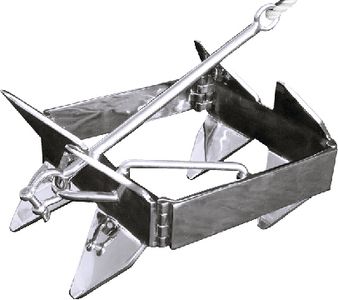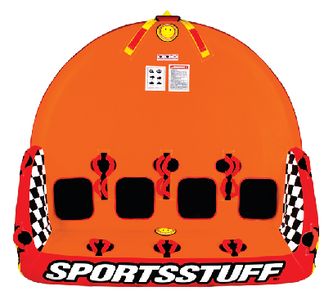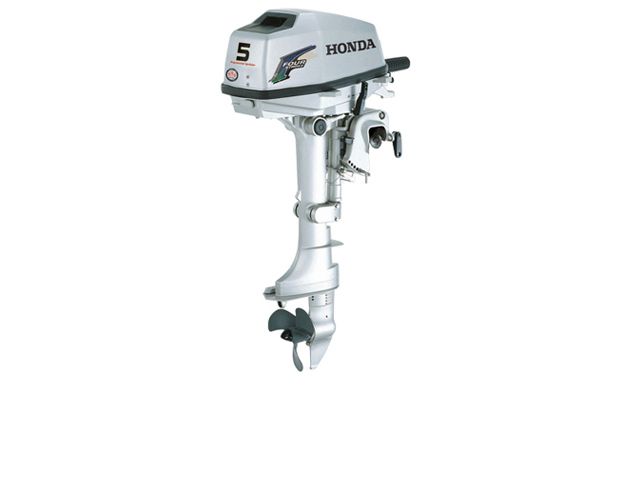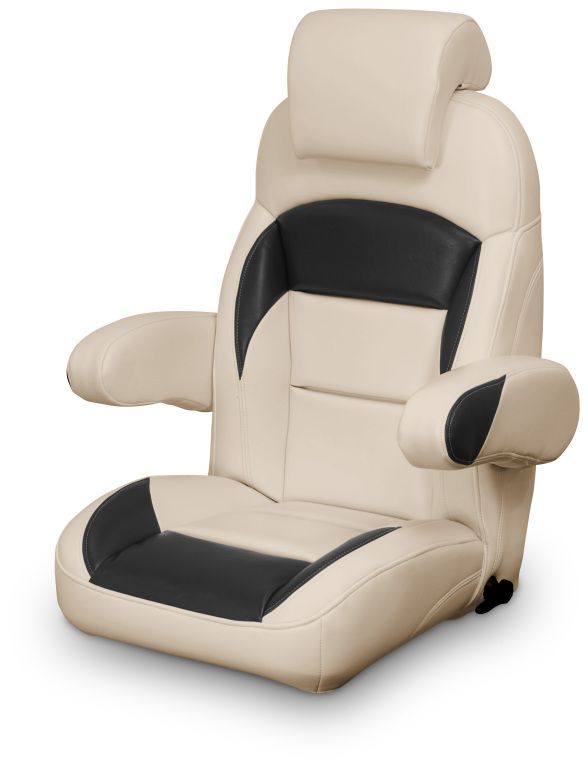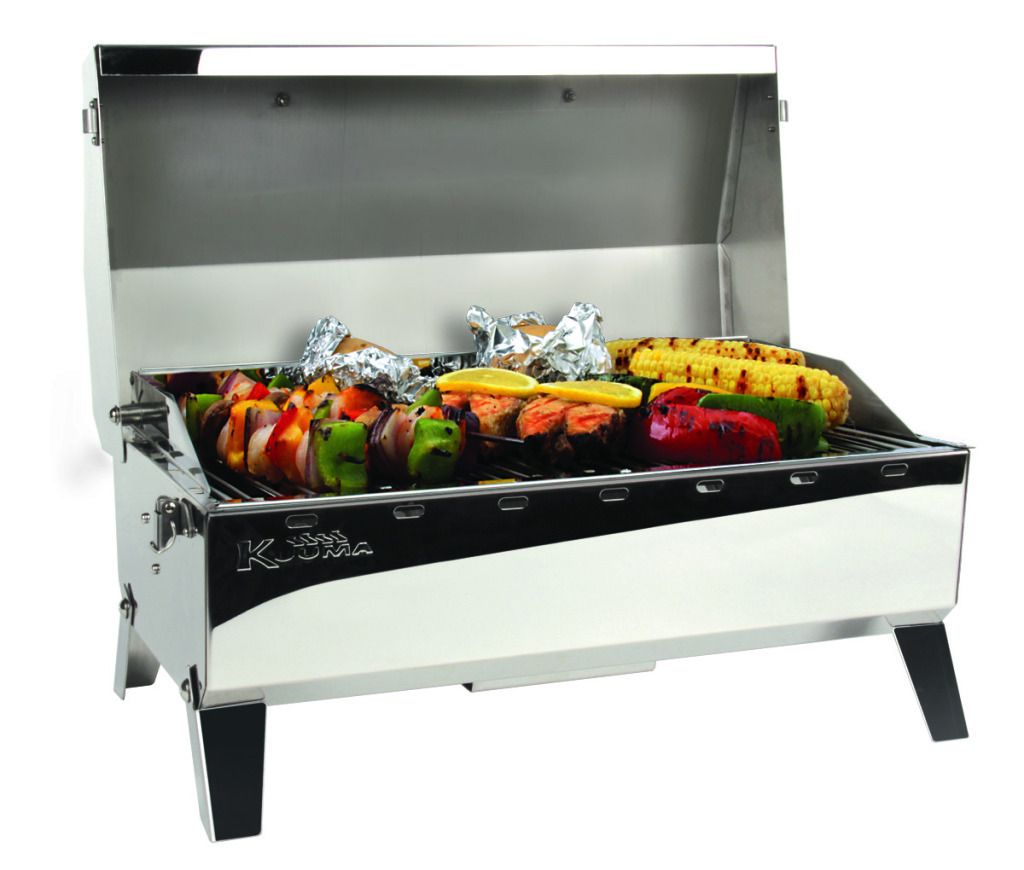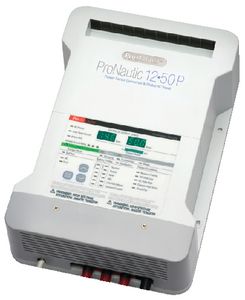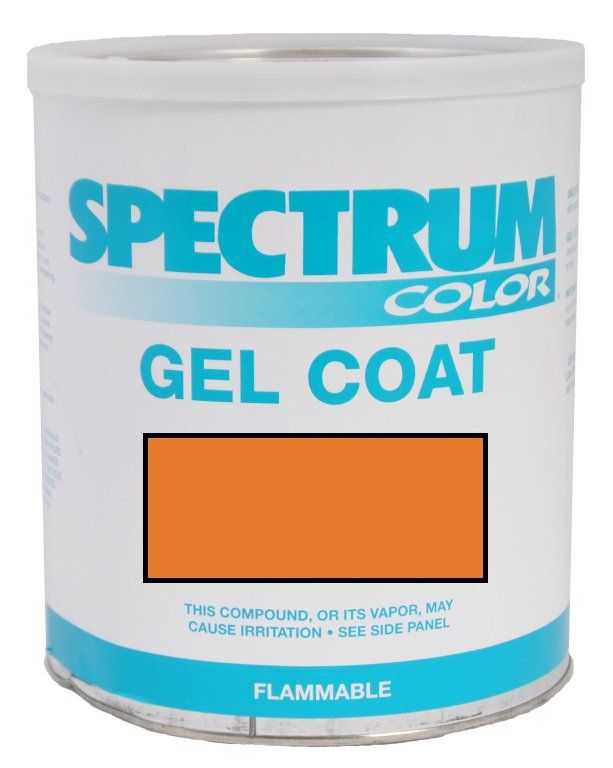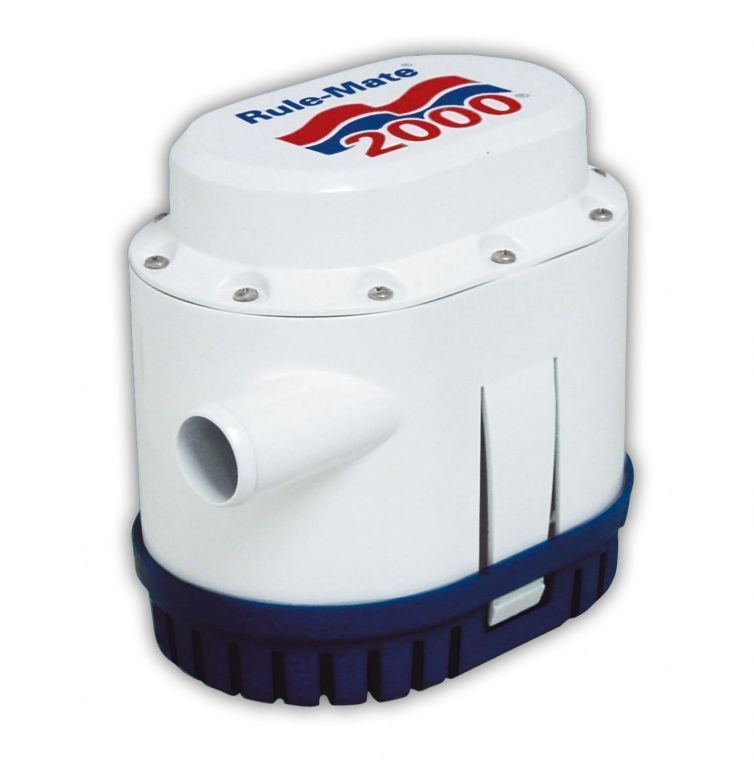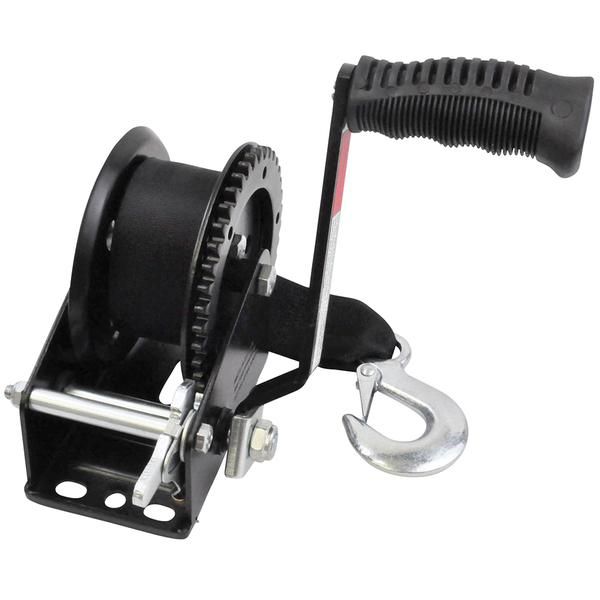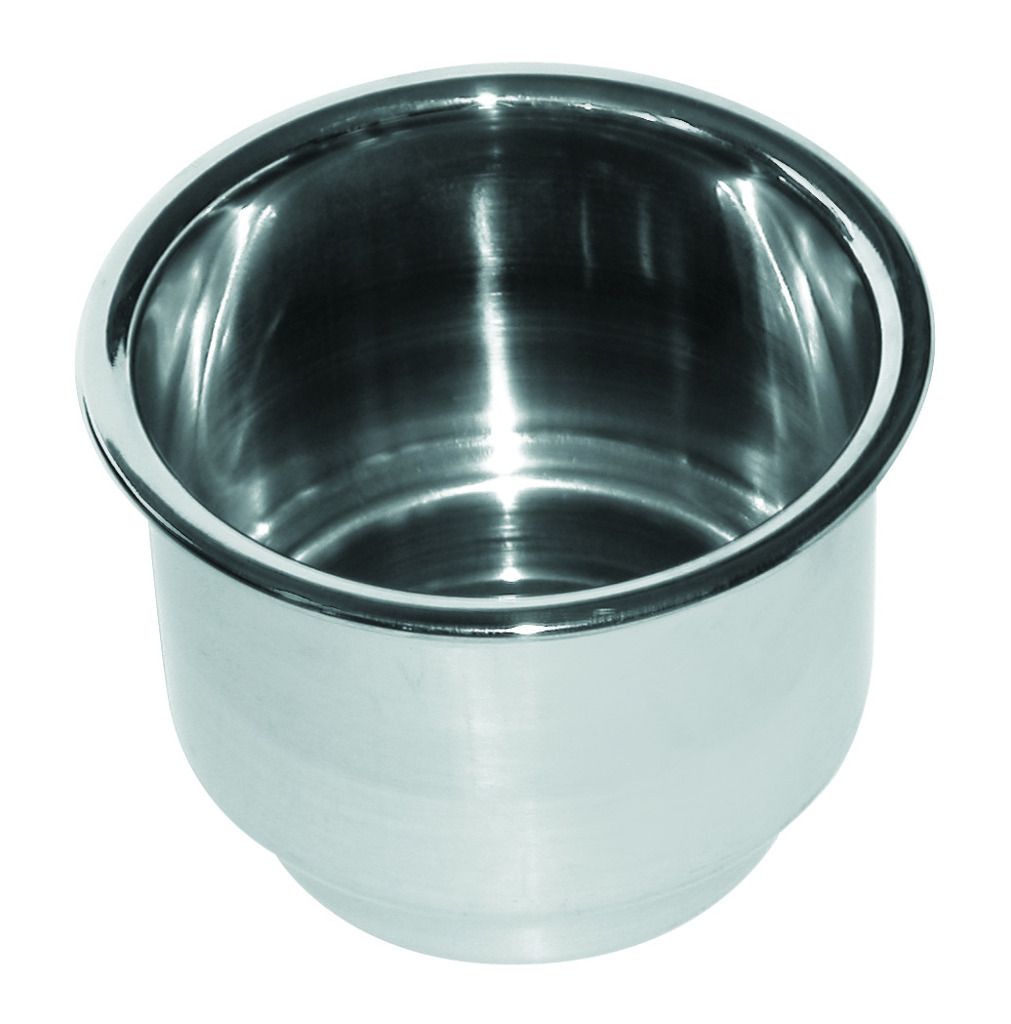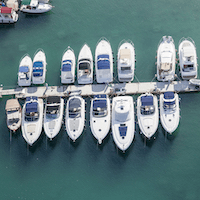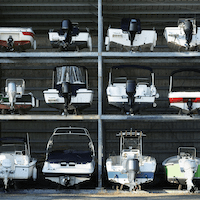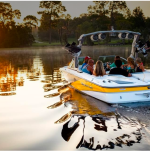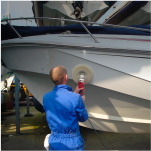Billkuma
Cadet
- Joined
- May 15, 2021
- Messages
- 15
Okay, here’s a question for you experienced folks. Can PVC “boards,” “planks,” “lumber,” available at Lowe’s or Home Depot, be used to replace stringers? It’s available in ½”, ¾”, 1” and other thicknesses, varying widths and lengths and is used for trim on new home construction and restorative work. If necessary, two pieces can be joined to double the thickness, either with adhesive or mechanically.
On the ’86 Bayliner 2150, the floor of the rear cabin, 49” x 86” +/-, was totally shot, with a couple 45” x 45”, ¾” pieces of plywood placed over the original flooring by a PO. Those pieces were resting in the middle where they met on the 54-gallon fuel tank, 0.090 gauge, 2052 aluminum, since the flooring was gone. The span between the stringers on each side of the tank is 40”, so the original ½” plywood flooring might have lasted a week after production before sagging. I will be removing the fuel tank, which was not being used, presumably due to a leak. Of four stringers, only one shows obvious damage and need for repair/replacement so far. I’m thinking about placing another stringer of PVC in the middle of where the tank was, i.e., over the keel, unless the tank is defective and I miraculously stumble across a good replacement tank. In that case, I would still need some reinforcement over the tank to deal with the 40” span between the two adjacent stringers. There is no way to negotiate a full length ¾” piece of plywood in there.
I would bed a PVC stringer in epoxy, so questions might be about epoxy degrading the PVC or vice versa, stability of the bottom of the stringer, or attachment of the floor to the top of the stringer.
Any thoughts?
On the ’86 Bayliner 2150, the floor of the rear cabin, 49” x 86” +/-, was totally shot, with a couple 45” x 45”, ¾” pieces of plywood placed over the original flooring by a PO. Those pieces were resting in the middle where they met on the 54-gallon fuel tank, 0.090 gauge, 2052 aluminum, since the flooring was gone. The span between the stringers on each side of the tank is 40”, so the original ½” plywood flooring might have lasted a week after production before sagging. I will be removing the fuel tank, which was not being used, presumably due to a leak. Of four stringers, only one shows obvious damage and need for repair/replacement so far. I’m thinking about placing another stringer of PVC in the middle of where the tank was, i.e., over the keel, unless the tank is defective and I miraculously stumble across a good replacement tank. In that case, I would still need some reinforcement over the tank to deal with the 40” span between the two adjacent stringers. There is no way to negotiate a full length ¾” piece of plywood in there.
I would bed a PVC stringer in epoxy, so questions might be about epoxy degrading the PVC or vice versa, stability of the bottom of the stringer, or attachment of the floor to the top of the stringer.
Any thoughts?

